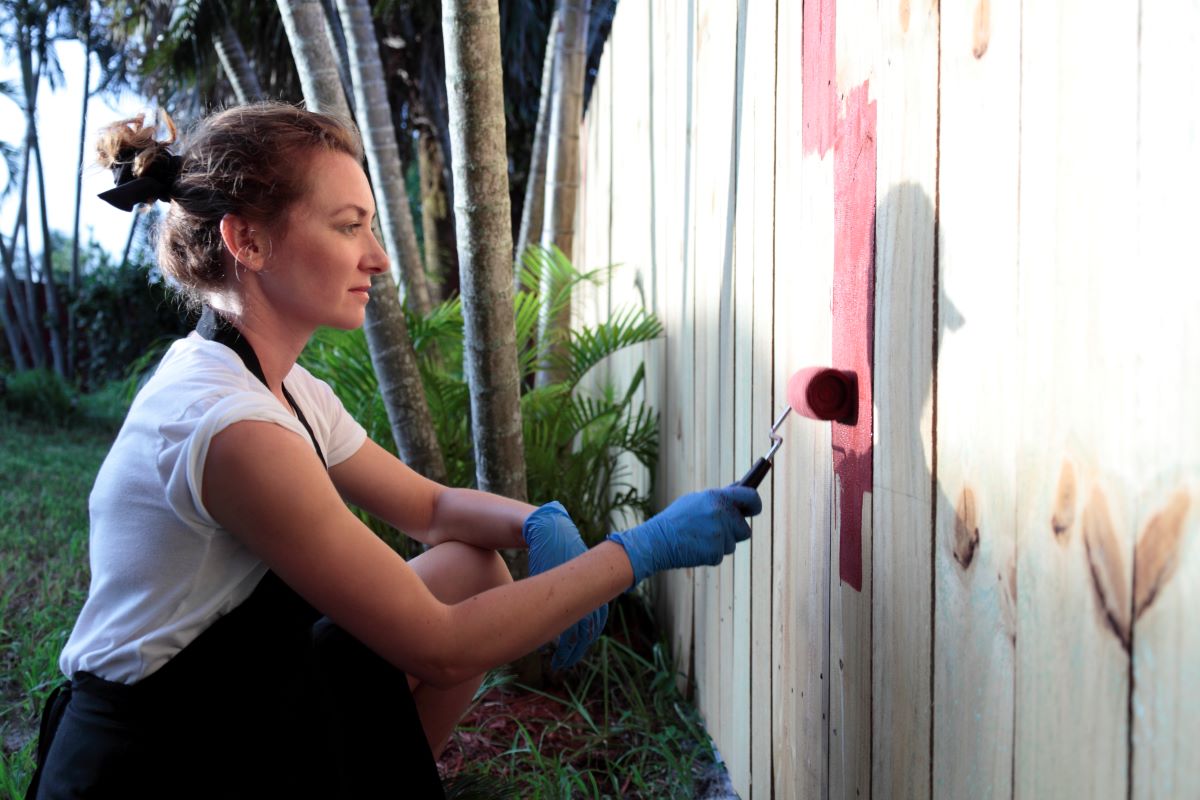

Articles
How Much To Paint A Fence
Modified: August 31, 2024
Discover the cost of painting a fence with our comprehensive articles. Get expert tips and advice on estimating expenses and finding the best painting contractors.
(Many of the links in this article redirect to a specific reviewed product. Your purchase of these products through affiliate links helps to generate commission for Storables.com, at no extra cost. Learn more)
Introduction
Painting a fence is a cost-effective way to enhance the appearance and durability of your outdoor space. A fresh coat of paint can give your fence a new lease of life, making it look clean, vibrant, and well-maintained.
However, before embarking on a fence painting project, it’s important to understand the factors that can affect the cost, as well as the materials and preparation required. Whether you decide to hire a professional or take on the project yourself, having a clear understanding of these aspects will help you make informed decisions and achieve the desired results.
So, let’s dive into the details and explore what goes into painting a fence and how much it might cost.
Key Takeaways:
- Factors such as fence size, type, condition, number of coats, accessibility, and additional features influence the cost of painting. Proper preparation and understanding these factors are crucial for a successful and budget-friendly fence painting project.
- Whether hiring a professional or opting for a DIY approach, calculating expenses, obtaining multiple quotes, and considering the time and effort required are essential for achieving a high-quality and long-lasting finish. Make informed decisions based on your budget, skill level, and personal preference.
Read more: How To Spray Paint A Fence
Factors Affecting the Cost of Fence Painting
The cost of painting a fence can vary depending on several factors. Understanding these factors will help you estimate the overall expense and plan your budget accordingly. Here are some key factors that can affect the cost of fence painting:
- Fence Size: The size of your fence is a significant factor in determining the cost. A larger fence will require more paint and time to complete the job, resulting in higher costs. Measure the length and height of your fence to get an accurate estimate of the area that needs to be painted.
- Fence Type: Different types of fences require varying amounts of preparation and paint. For instance, a wood fence may need to be sanded, primed, and painted, while a metal or vinyl fence may require less preparation. The type of material will affect the overall cost of materials and labor involved.
- Condition of the Fence: If your fence is in poor condition, with peeling paint, rust, or other damage, it will require more extensive preparation before painting. Repairing and priming damaged areas can increase the overall cost of the project.
- Number of Coats: The number of coats of paint needed will impact the cost. If your fence requires multiple coats to achieve the desired coverage and durability, it will increase the amount of paint needed as well as the labor involved.
- Accessibility: The accessibility of your fence can affect the cost. If the fence is easily accessible, it will be easier for painters to work on, resulting in lower labor costs. However, if the fence is surrounded by plants, obstacles, or difficult terrain, it can increase the amount of time and effort required, thereby raising the overall cost.
- Additional Features: If your fence has additional features such as gates, decorative accents, or intricate designs, it may require more time and effort to paint. These additional features can contribute to higher labor costs.
Considering these factors will give you a better understanding of the cost involved in painting your fence. It is recommended to consult with a professional painter or obtain multiple quotes to get an accurate estimate based on your specific requirements.
Materials Required for Fence Painting
Before starting your fence painting project, it’s crucial to gather all the necessary materials. Having the right tools and supplies will ensure a smooth and efficient painting process. Here are the materials typically required for fence painting:
- Paint: Choose a high-quality paint suitable for outdoor use. Consider the type of material your fence is made of when selecting the paint. For wooden fences, opt for an exterior latex or oil-based paint. Metal and vinyl fences may require specific types of paint designed for these surfaces.
- Primer: If your fence is in poor condition or you’re painting over a previously painted surface, a primer is essential. The primer will improve adhesion and help the paint adhere better to the fence, resulting in a more durable finish.
- Brushes and Rollers: Invest in high-quality brushes and rollers suitable for the type of paint you’re using. Brushes with synthetic bristles are often recommended for latex paints, while natural bristle brushes work well with oil-based paints. Rollers with a medium nap are suitable for most fence surfaces.
- Sandpaper: If your fence has rough or uneven surfaces, sandpaper will help smooth them out before painting. Use various grits of sandpaper, starting with a coarser grit to remove any roughness and gradually moving to finer grits for a smooth finish.
- Drop Cloths or Plastic Sheets: Protect the surrounding area from paint splatters by covering the ground and nearby objects with drop cloths or plastic sheets. This will prevent any accidental damage to your plants, flooring, or furniture.
- Masking Tape: Use masking tape to mask off any areas you don’t want to be painted, such as gate hardware, latches, or adjacent surfaces. It will ensure clean lines and prevent paint from spreading to unwanted areas.
- Cleaning Supplies: Before painting, thoroughly clean your fence using a mild detergent or a specialized fence cleaner. Remove any dirt, grime, or mold that may hinder paint adhesion. You may need a brush or a power washer for this task.
- Safety Equipment: Protect yourself during the painting process by wearing safety goggles, gloves, and a mask to prevent inhaling paint fumes or getting paint on your skin. Follow the manufacturer’s instructions for any safety guidelines.
Having these materials on hand will ensure you’re fully equipped to start painting your fence and achieve professional-looking results. Make sure to prepare the area properly, gather all the supplies, and follow the recommended techniques for a successful fence painting project.
Preparing the Fence for Painting
Proper preparation is crucial for achieving a long-lasting and flawless paint finish on your fence. Taking the time to prepare the fence before painting will ensure better adhesion, smooth application, and improved durability. Here are the steps involved in preparing your fence for painting:
- Clean the Fence: Start by thoroughly cleaning the fence to remove dirt, grime, and any existing loose or peeling paint. Use a brush or a power washer and a mild detergent or specialized fence cleaner. Rinse off the cleaning solution and allow the fence to dry completely before proceeding to the next step.
- Inspect for Damage: Carefully examine the fence for any signs of damage, such as rot, cracks, or loose boards. Repair any damaged areas before painting to ensure a smooth surface. Replace any broken or rotting boards and secure loose ones.
- Sand the Surface: If your fence has rough or uneven areas, sand them down using sandpaper. This will create a smooth surface and help the paint adhere better. Start with a coarser grit sandpaper to remove any roughness and gradually move to finer grits for a polished finish.
- Remove Hardware: If your fence has any hardware such as gate hinges, latches, or decorative accents, consider removing them before painting. This will make the painting process easier and prevent the hardware from getting paint on it. If you can’t remove the hardware, use masking tape to protect it.
- Apply Primer: If your fence is in poor condition or you’re painting over a previously painted surface, apply a coat of primer. The primer will improve paint adhesion and help the paint last longer. Use a brush or a roller to apply the primer evenly across the surface. Allow the primer to dry completely before proceeding to the next step.
- Mask Off Areas: Use masking tape to mask off any areas you don’t want to be painted, such as gate hardware, adjacent surfaces, or plants near the fence. This will ensure clean lines and a professional-looking finish.
- Check the Weather: Check the weather forecast before painting your fence. It’s best to choose a dry and mild day to allow the paint to dry properly. Avoid painting on windy or excessively hot days as it can affect the paint application.
By following these preparation steps, you’ll create an ideal surface for paint application and improve the overall longevity of your fence. Proper preparation sets the foundation for a successful fence painting project, ensuring that the paint adheres well and provides optimum protection.
When calculating the cost to paint a fence, consider the size of the fence, the type of paint needed, and any necessary prep work. It’s also important to factor in the cost of labor if hiring a professional.
Cost of Hiring a Professional Fence Painter
Hiring a professional fence painter can save you time and ensure a high-quality paint job. The cost of hiring a professional will depend on various factors, including the size and condition of your fence, labor rates in your area, and any additional services required. Here’s what you can expect in terms of costs when hiring a professional fence painter:
Estimating Labor Costs: Most professional painters charge by the hour or provide an estimate based on the size and complexity of the project. Labor costs can vary significantly depending on your location and the experience of the painter. On average, you can expect to pay between $25 to $50 per hour for professional fence painting.
Fence Size: The size of your fence plays a significant role in calculating labor costs. A larger fence will require more time and effort to paint, resulting in higher labor fees. Some painters may offer a square footage rate, which could range from $0.50 to $1 per square foot depending on the complexity of the project.
Fence Condition: If your fence requires extensive preparation or repairs before painting, it may result in additional costs. A professional painter may charge extra for tasks such as sanding, filling cracks, or replacing damaged boards. Be sure to inquire about these additional services and their associated costs when getting a quote.
Paint and Materials: The cost of paint and materials is typically included in the overall quote provided by professional painters. They will consider the type and quantity of paint needed, as well as any additional supplies required for the job. It’s important to clarify whether the quote includes the cost of paint or if it is separate.
Additional Services: Some professional painters may offer additional services, such as power washing the fence before painting or applying a protective sealant after the paint job. These services may come at an additional cost, but they can provide added benefits and enhance the longevity of your fence.
Travel and Setup: Depending on the location of your property, the painter may charge for travel expenses or factor them into the overall cost. Additionally, the painter may need to spend time setting up equipment or preparing the area for painting, which could be included in the labor costs.
It’s essential to get multiple quotes from different professional painters before making a decision. This will help you compare prices, evaluate the services offered, and ensure you’re getting a fair and competitive rate.
Remember, while hiring a professional fence painter may come at a higher cost compared to a DIY approach, the benefits include expertise, time-saving, and a professional finish. Consider your budget, the complexity of the project, and your own painting skills before deciding whether to hire a professional or tackle the job yourself.
Read more: How To Paint Vinyl Fence
DIY Fence Painting Costs
Painting your fence yourself can be a cost-effective option if you’re willing to put in the time and effort. DIY fence painting not only saves you money on labor costs but also allows you to have control over the process and ensure quality craftsmanship. However, it’s important to consider the costs involved in a DIY project. Here’s a breakdown of the potential expenses:
Paint and Materials: The biggest expense for a DIY fence painting project is the cost of paint and materials. The amount of paint you’ll need depends on the size of your fence and the number of coats you plan to apply. Calculate the square footage of your fence and refer to the paint manufacturer’s recommendations to estimate the quantity of paint needed. Prices for paint vary depending on the brand and quality, but you can expect to spend around $20 to $50 per gallon. Consider other materials such as brushes, rollers, sandpaper, masking tape, drop cloths, and cleaning supplies, which can add to the overall cost.
Equipment Rental: If you don’t already own the necessary equipment, such as a power washer or a paint sprayer, you may need to rent them. Equipment rental costs can range from $50 to $100 per day, depending on your location and the rental company. Determine if renting equipment is more cost-effective than purchasing if you plan to use it for other projects in the future.
Preparation and Repair: Assess the condition of your fence and determine if any repairs or preparation work is needed before painting. If your fence requires sanding, filling cracks, or replacing damaged boards, factor in the cost of materials required for these tasks.
Personal Protective Equipment (PPE): Your safety is paramount when undertaking a DIY project, so don’t forget to invest in PPE such as safety goggles, gloves, and a mask. These might add a small cost to your project, but they are crucial for your well-being.
Time and Effort: DIY painting requires your time and physical effort. Consider the value of your time and whether you’re willing to commit to the project. Factor in the time it will take to clean the fence, perform any repairs or preparation work, and apply multiple coats of paint. Remember, painting a fence can be a labor-intensive task, so be prepared for a significant time commitment.
While DIY fence painting can be a more budget-friendly option, it’s important to weigh the costs and benefits. Consider your own skill level, available time, and the complexity of the project. If you have the necessary tools, skills, and motivation, DIY fence painting can result in significant cost savings and a sense of accomplishment.
However, if you’re unsure about the process or lack the necessary experience, it may be worth considering hiring a professional to ensure a high-quality finish and save you from potential mistakes or rework.
Conclusion
Painting your fence is a great way to enhance the aesthetic appeal and longevity of your outdoor space. Whether you decide to hire a professional or tackle the project yourself, understanding the factors affecting the cost and the materials required is essential for a successful fence painting endeavor.
Factors such as the size and type of fence, its condition, the number of coats required, accessibility, and additional features can all influence the overall cost. Calculating the expenses beforehand will help you plan your budget and make informed decisions.
If you opt to hire a professional fence painter, labor costs will be a significant factor. Obtaining multiple quotes and considering the painter’s experience and track record will ensure a fair price and a high-quality outcome. Additionally, inquire about any additional services offered and clarify whether the cost of paint and materials is included in the quote.
If you choose the DIY route, take into account the cost of paint, materials, equipment rental, and any necessary repairs. Also, factor in the time and effort required for preparation, tools usage, and application of multiple coats. While DIY painting can save you money, it requires a commitment of both time and physical effort.
Ultimately, the decision to hire a professional or embark on a DIY project depends on your budget, available time, skill level, and personal preference. Regardless of which option you choose, remember to properly prepare the fence before painting, gather all the necessary materials, and follow the appropriate techniques to achieve a professional-looking and long-lasting finish.
By considering these factors and making informed choices, you can transform your fence, adding value and beauty to your outdoor space for years to come.
Frequently Asked Questions about How Much To Paint A Fence
Was this page helpful?
At Storables.com, we guarantee accurate and reliable information. Our content, validated by Expert Board Contributors, is crafted following stringent Editorial Policies. We're committed to providing you with well-researched, expert-backed insights for all your informational needs.
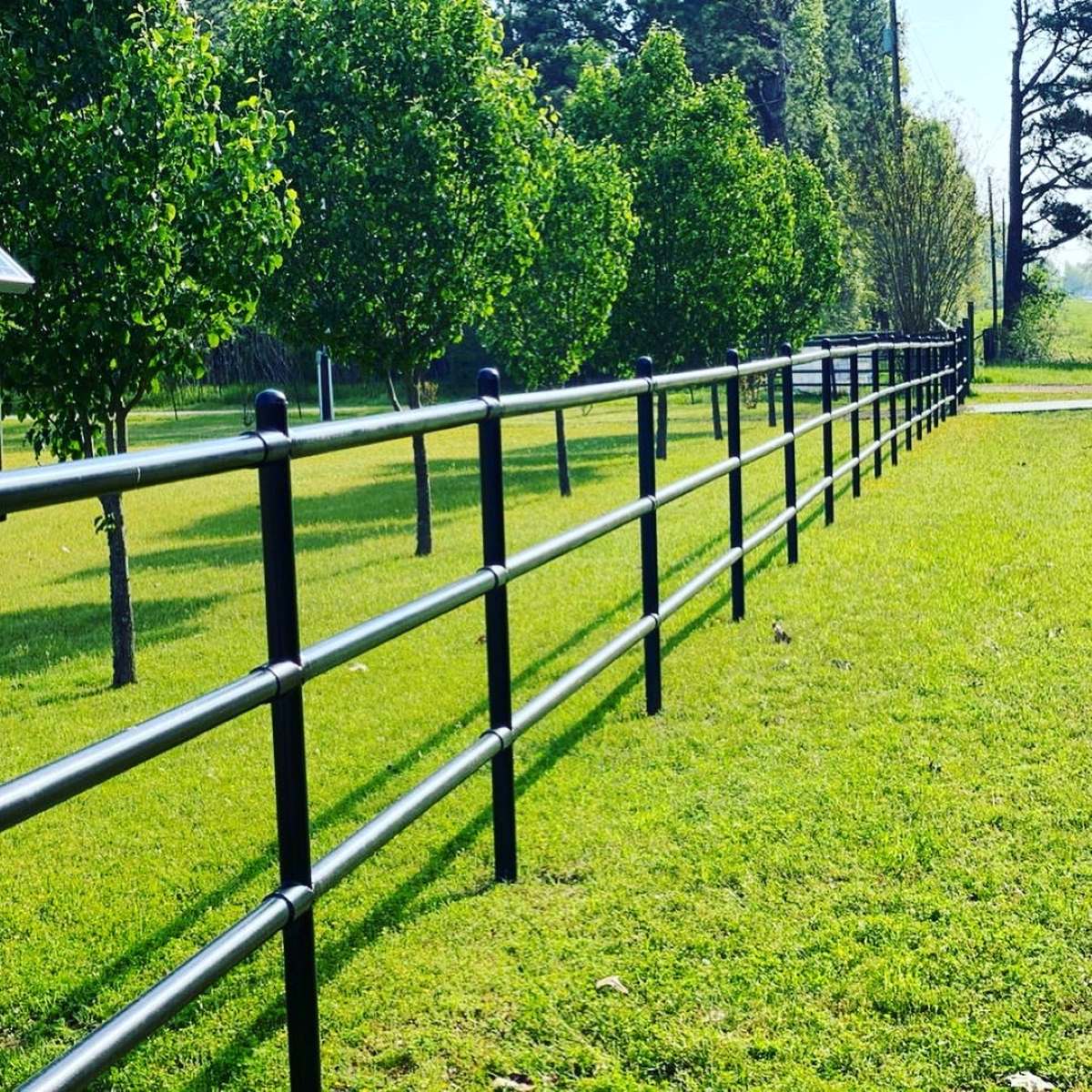
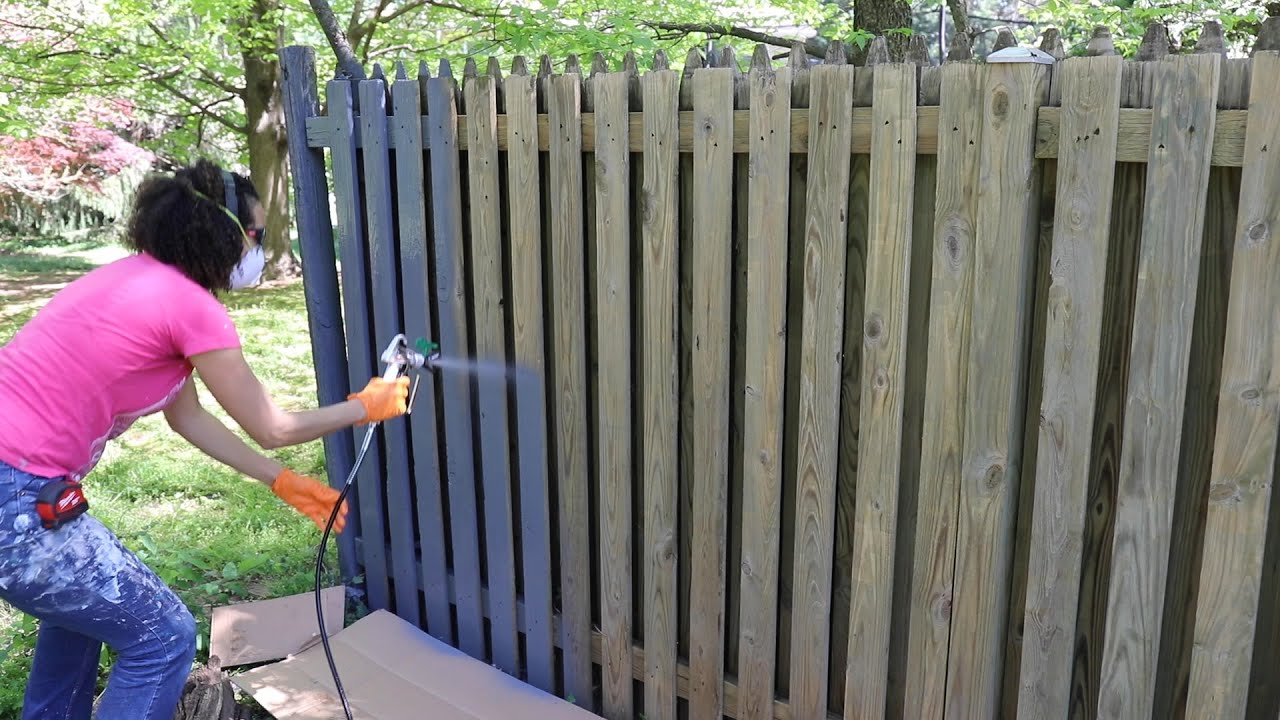
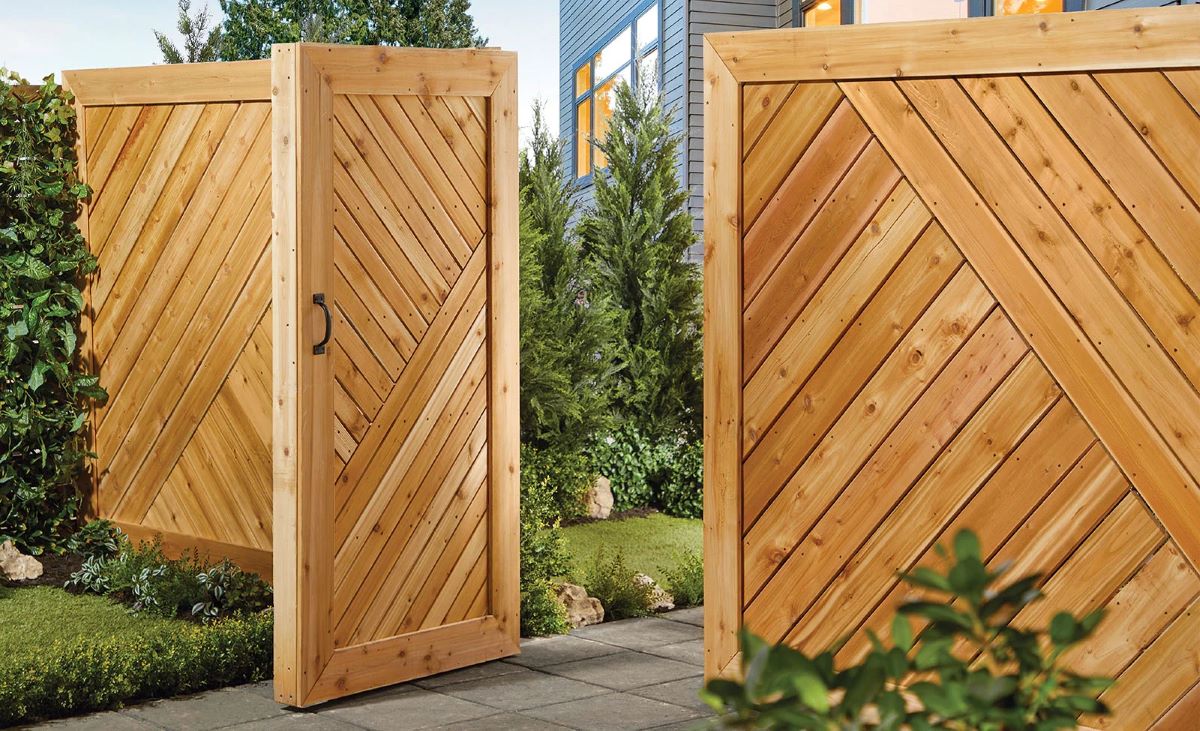
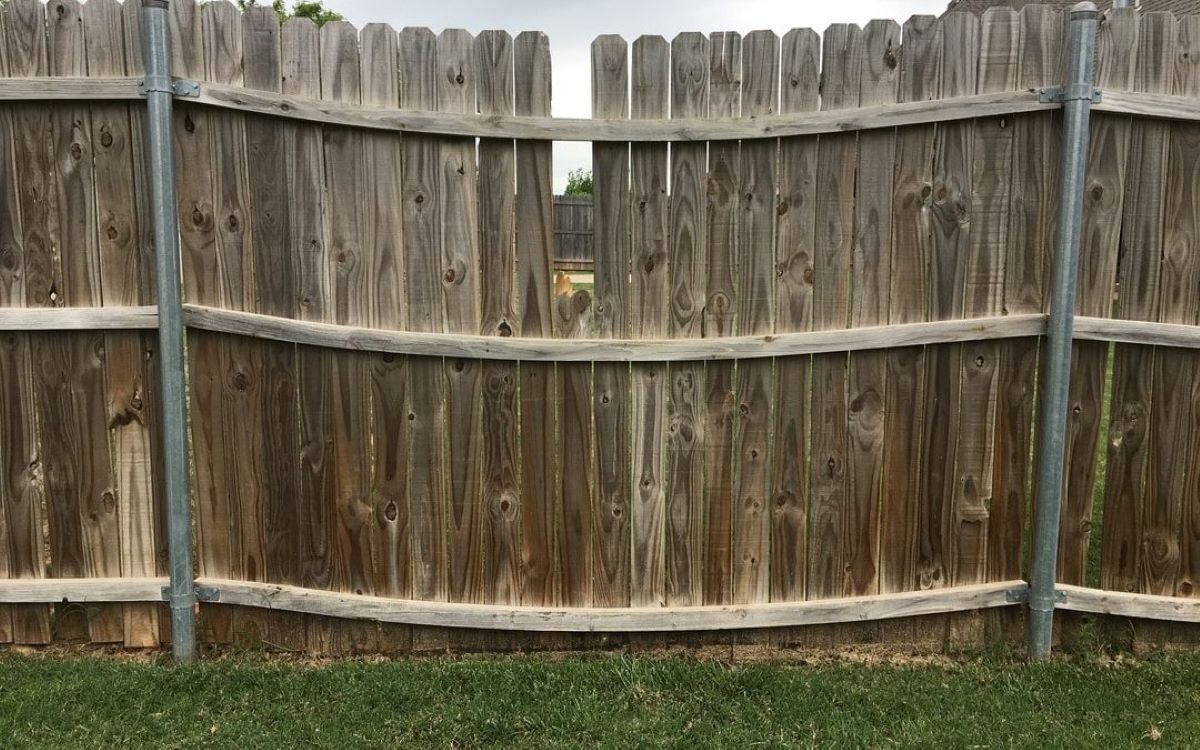
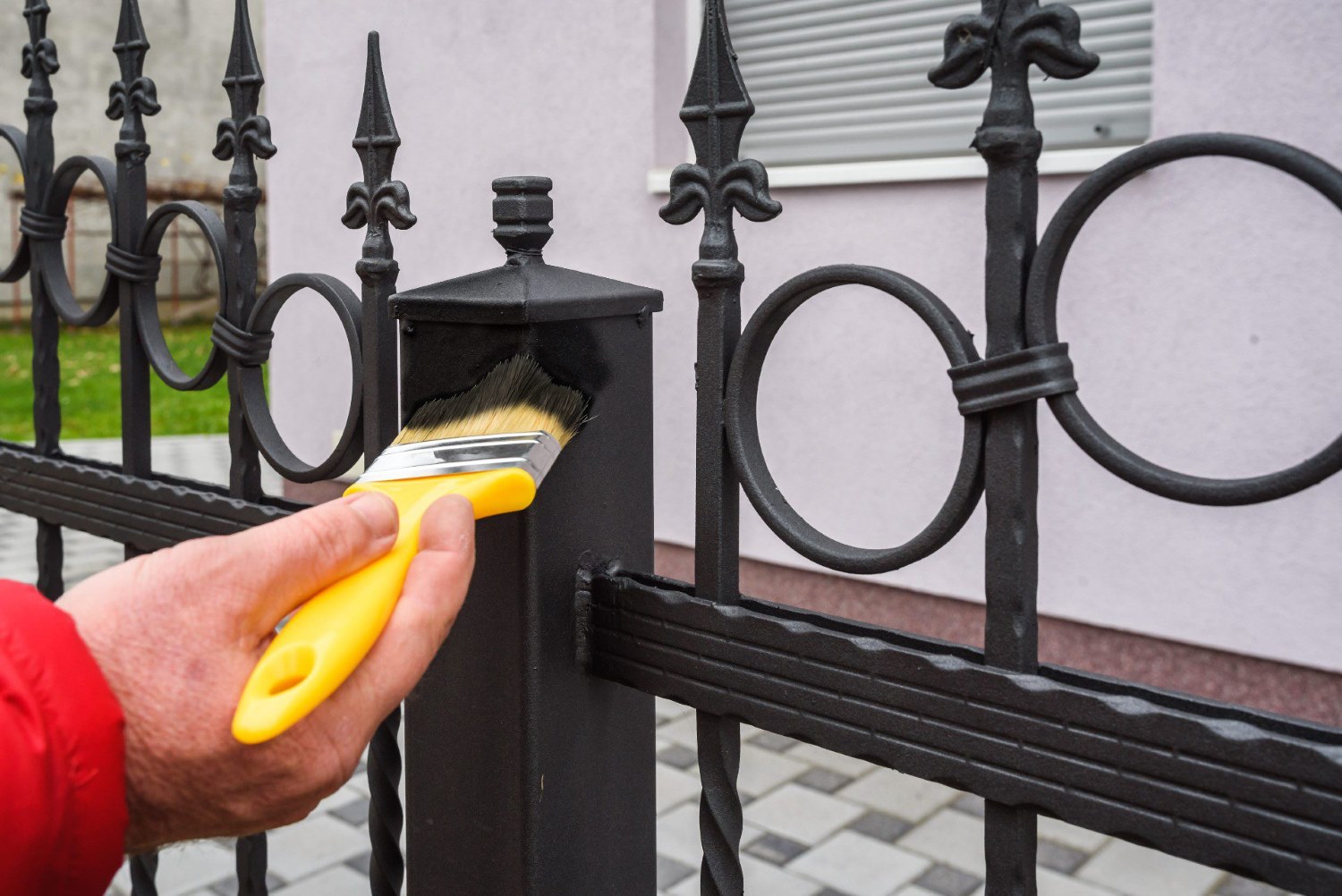
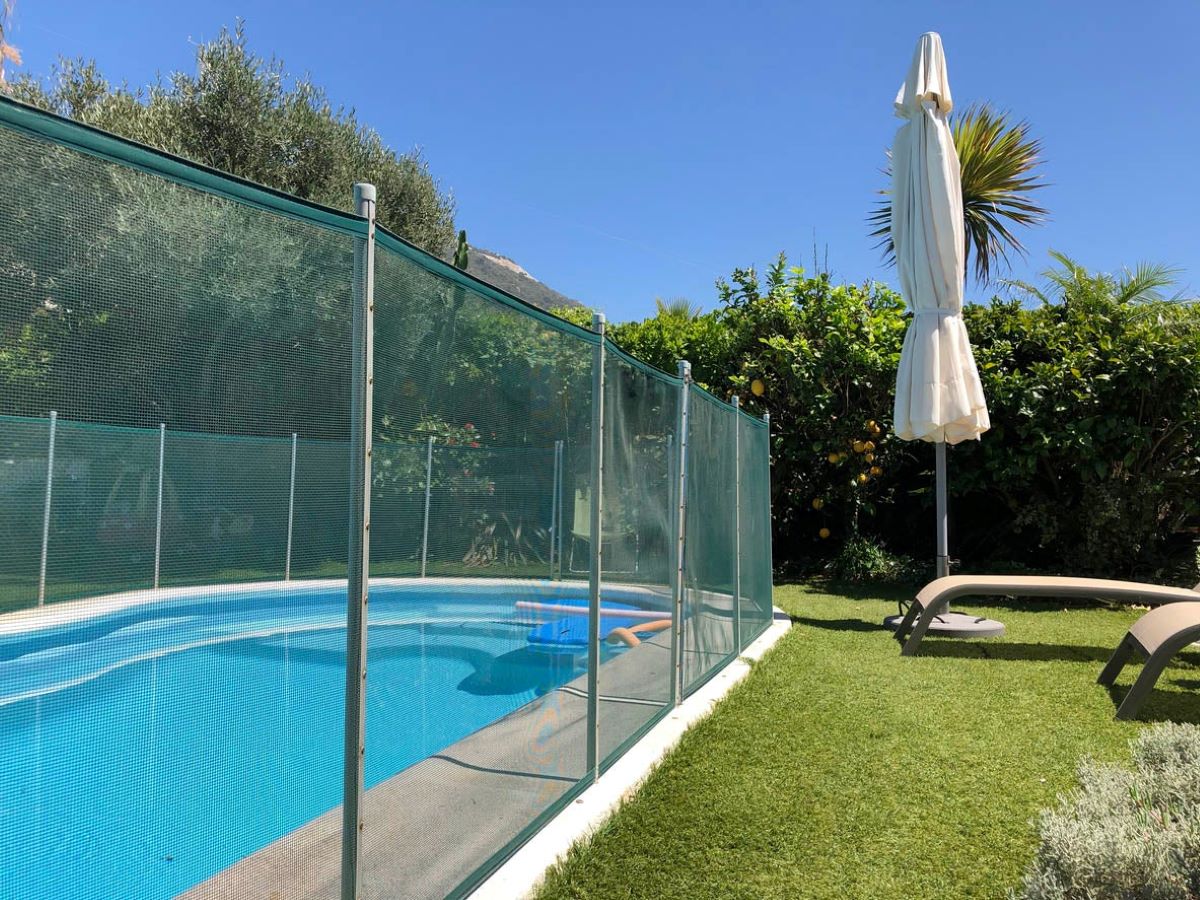
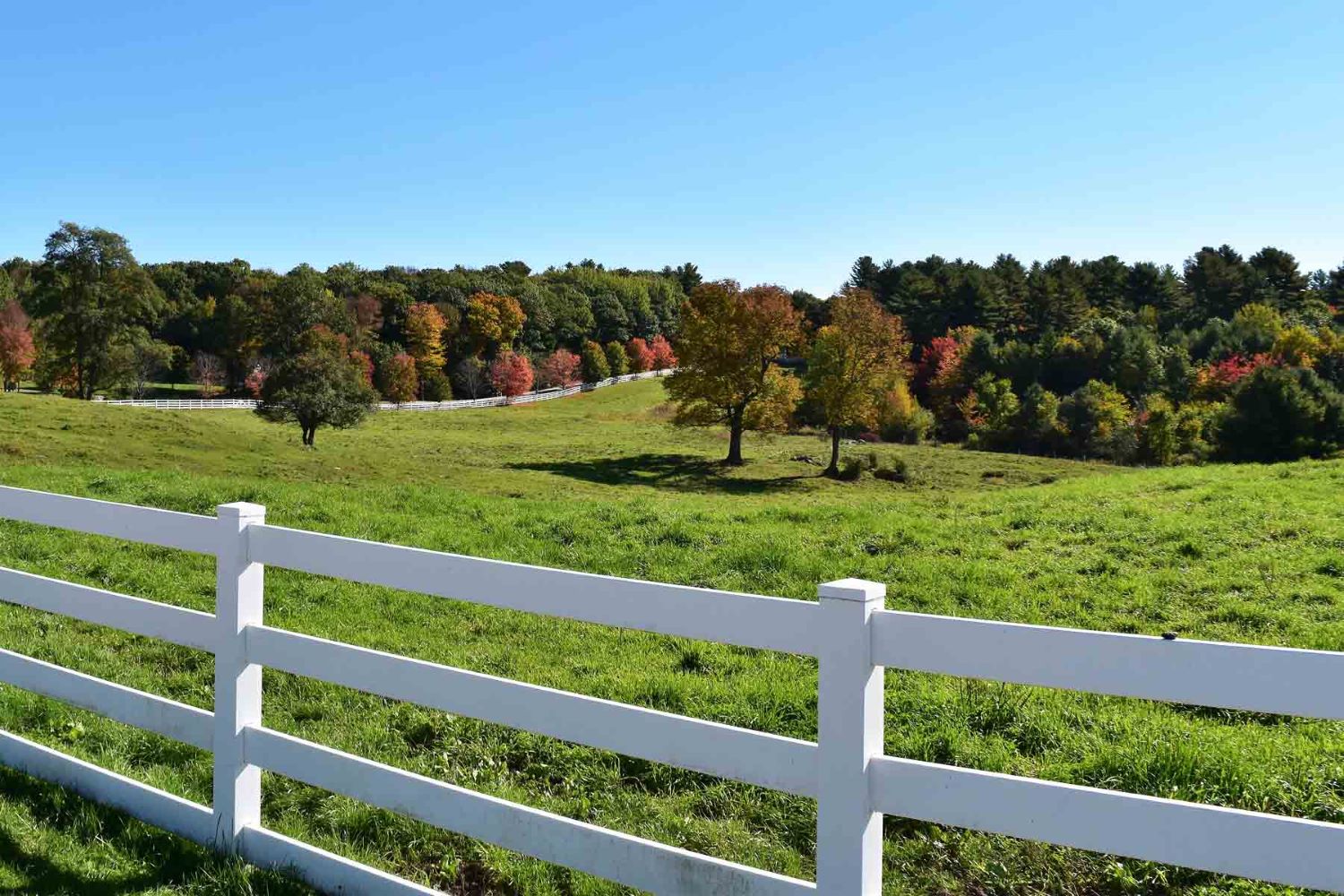
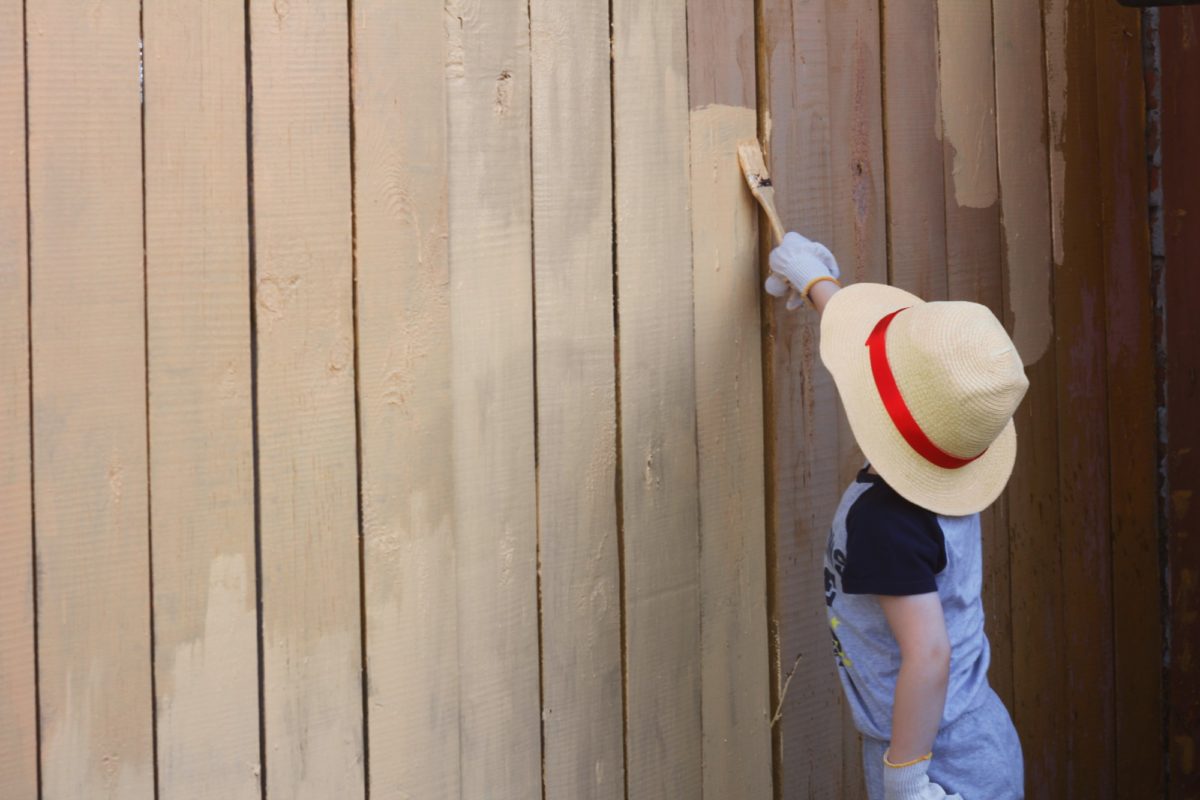
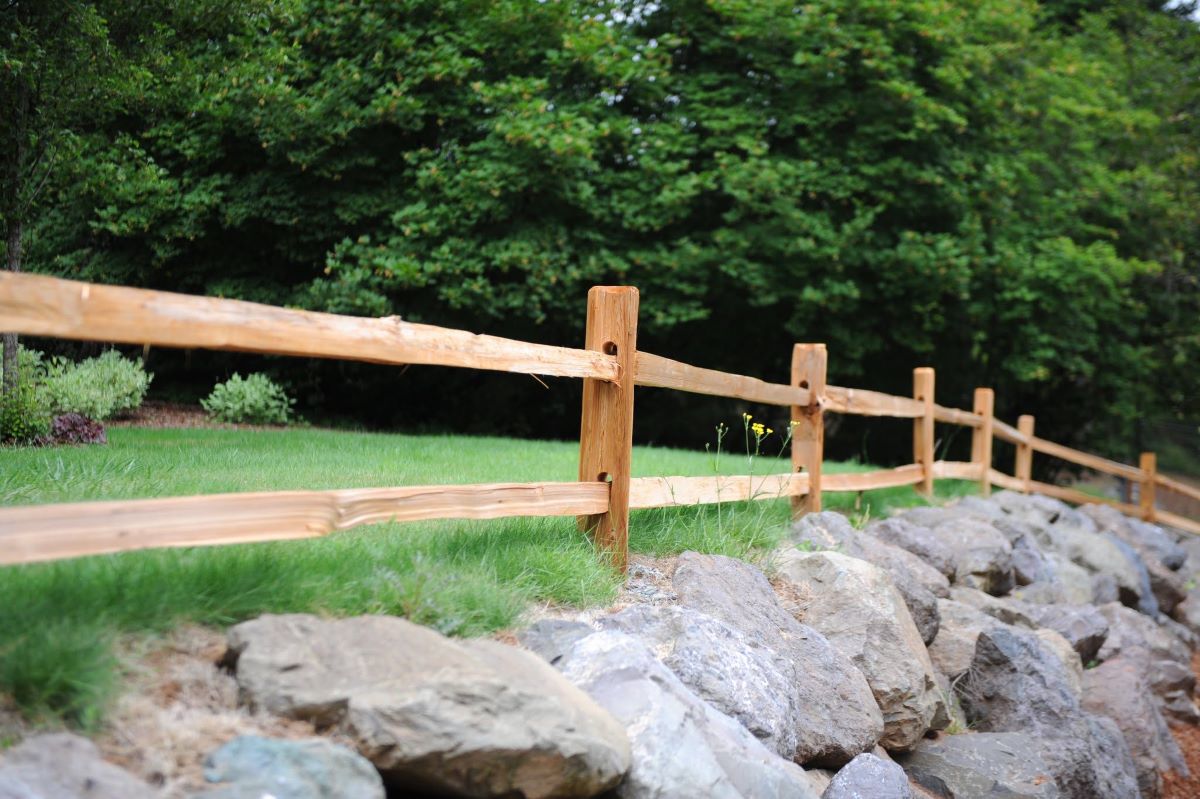
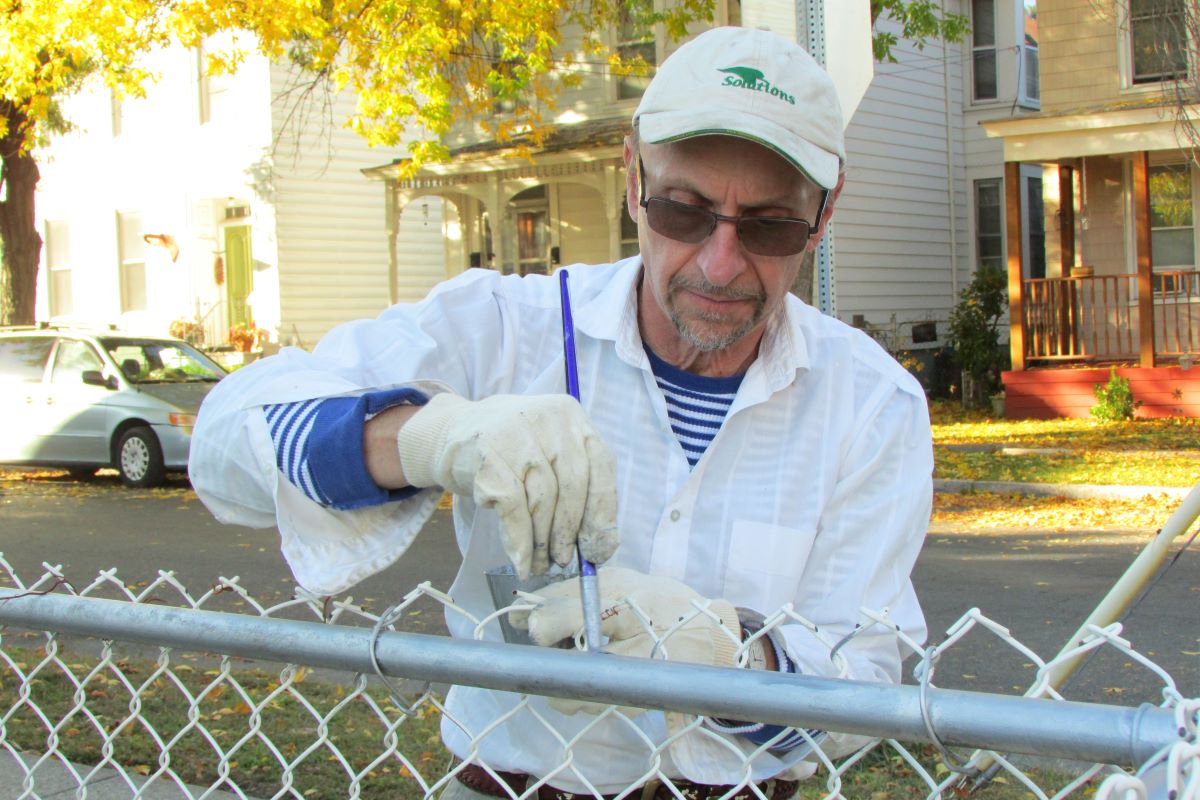
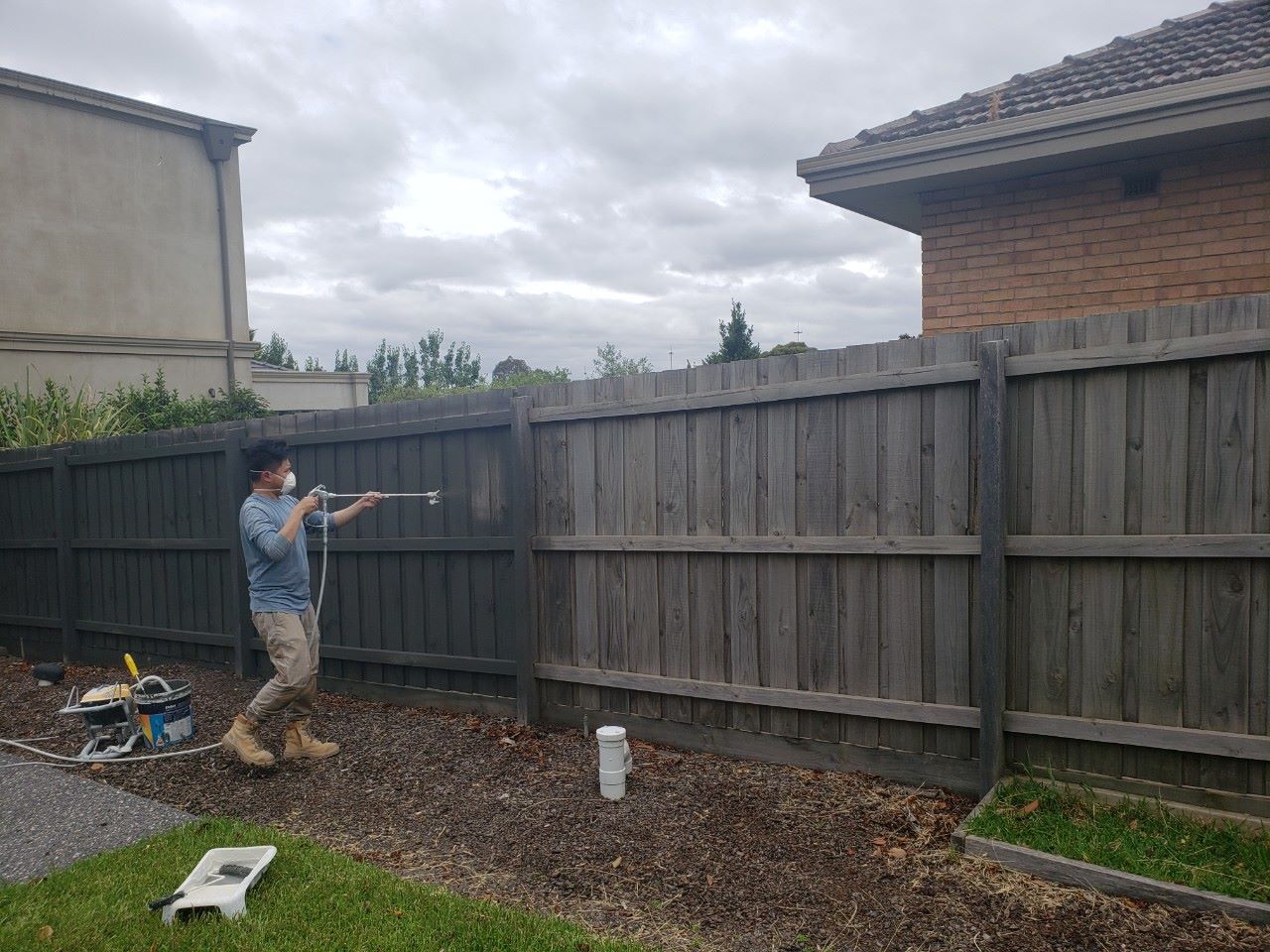
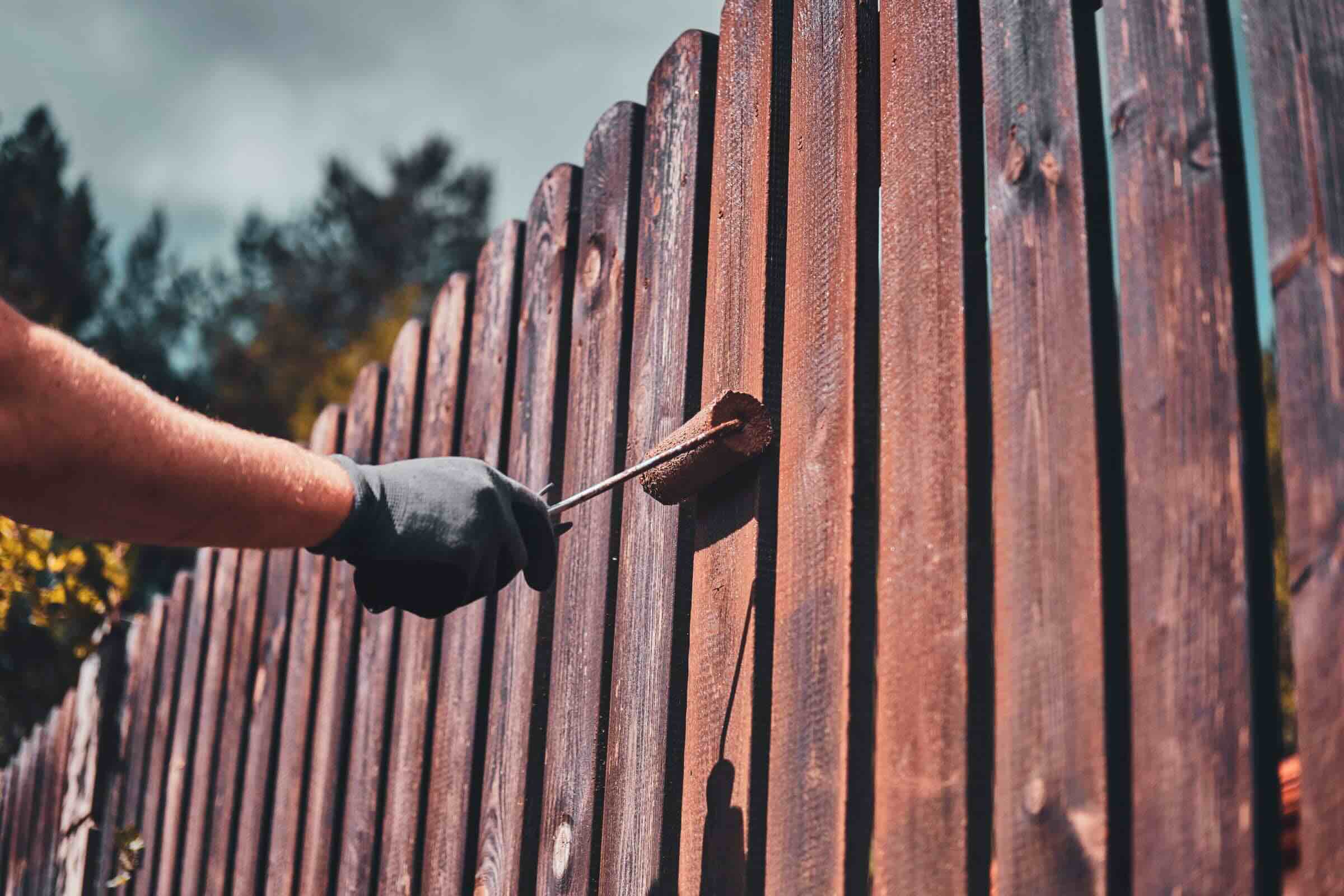
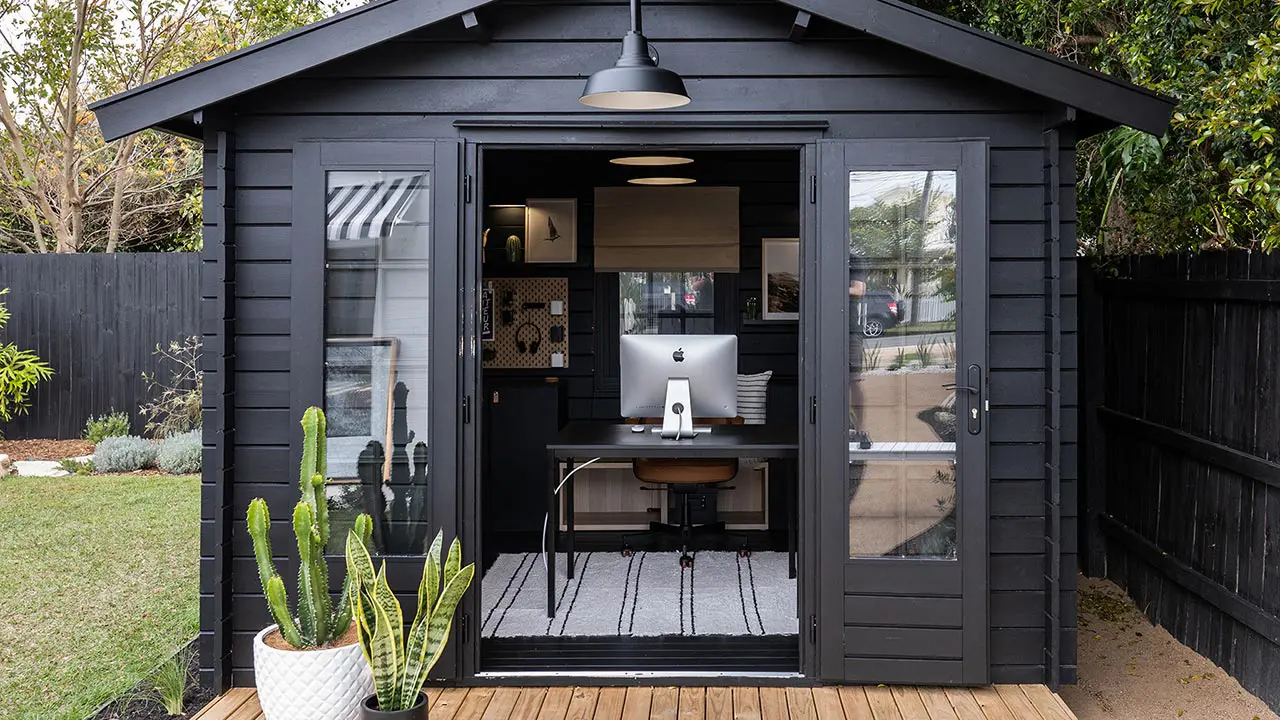
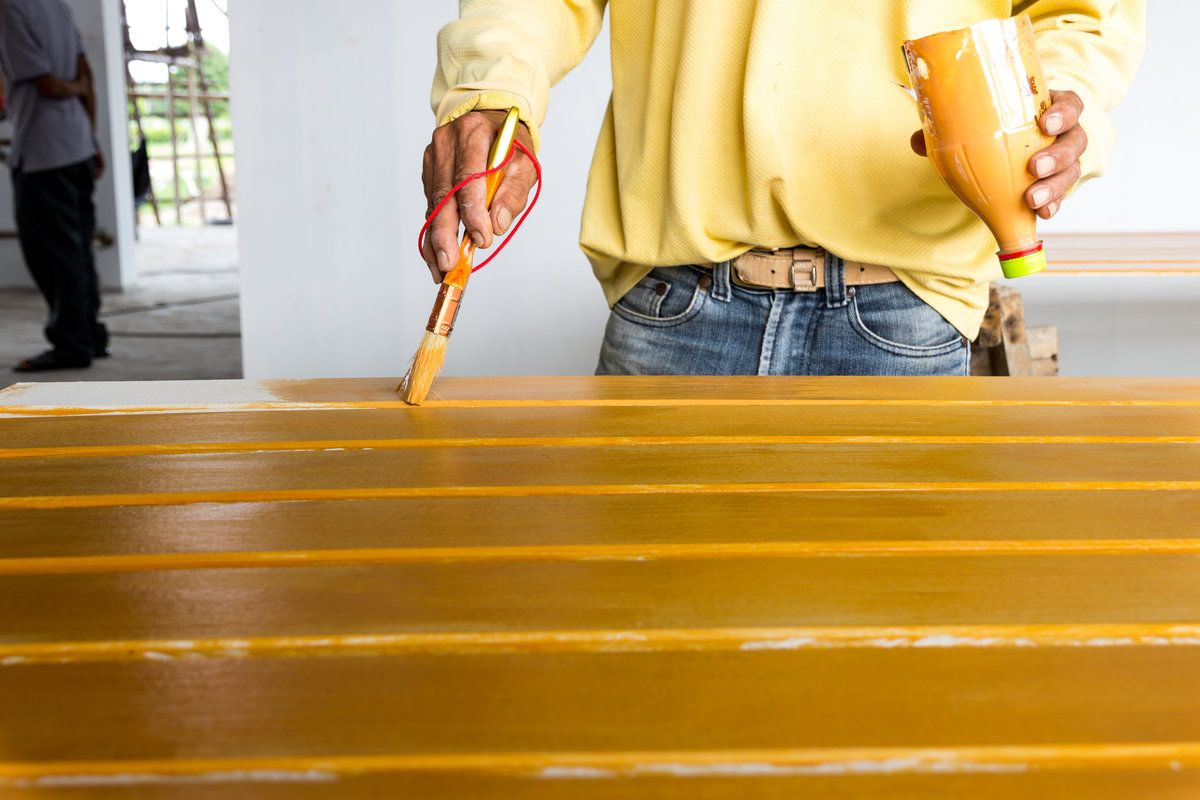

0 thoughts on “How Much To Paint A Fence”